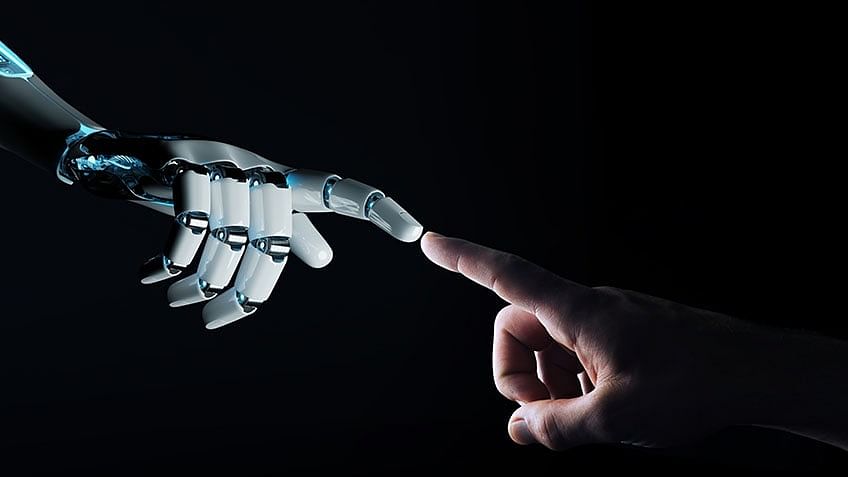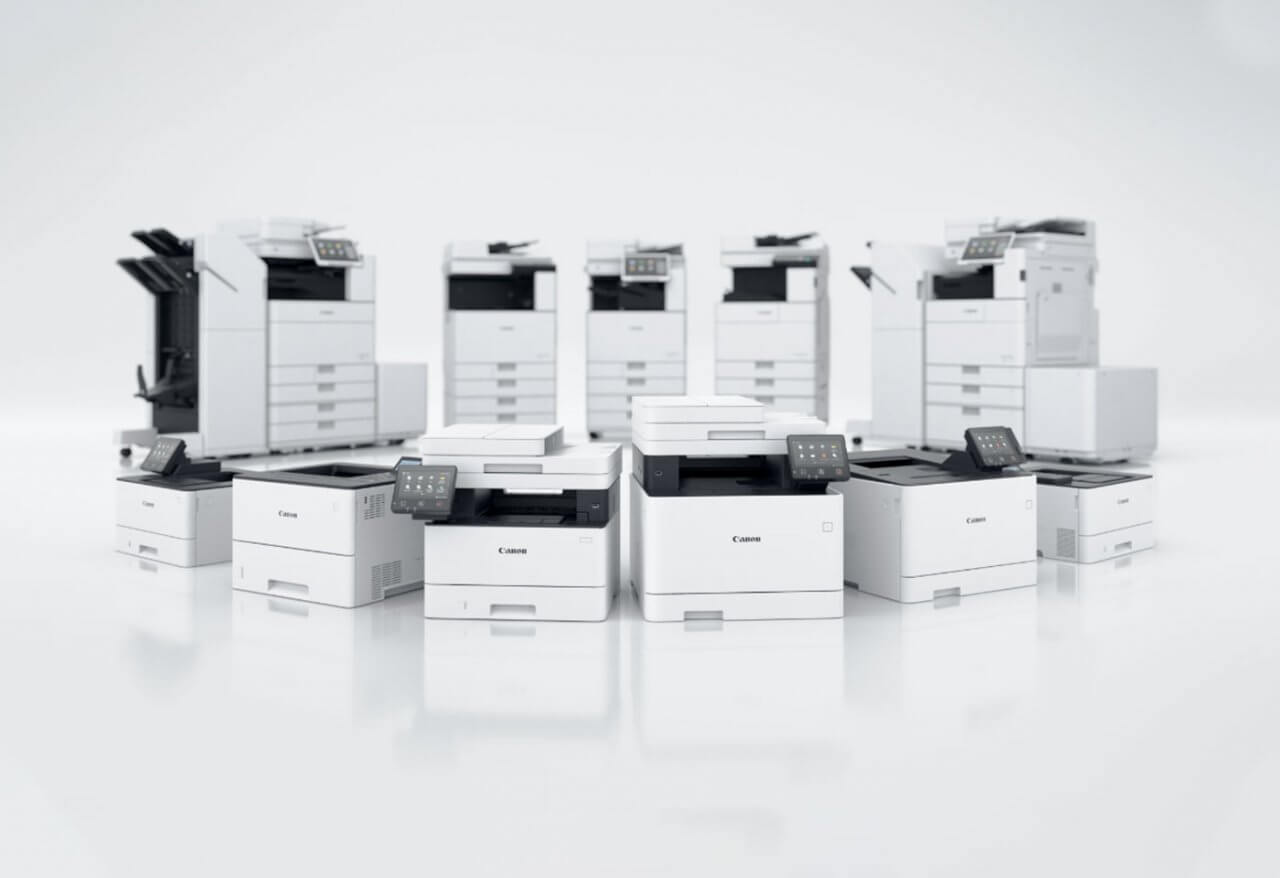In the 21st century, technology has become an integral part of our
daily existence, influencing how we communicate, work, learn, and entertain ourselves. Instant communication
through smartphones and social media has revolutionized how we stay connected globally. The workplace has
embraced remote collaboration and automation, enhancing productivity. Education has evolved with online
platforms and immersive technologies like VR and AR.
Healthcare
benefits from telemedicine, wearables, and personalized medicine. Entertainment has gone digital, with
streaming services and online gaming dominating. As technology continues to shape our lives, it's essential to
navigate these changes responsibly, ensuring that advancements enhance rather than detract from the human
experience.

The Impact of Technology on Our Daily Lives

The Impact of Technology in Business
In the 21st century, technology is reshaping the business landscape,
revolutionizing operations and fostering global connectivity. Automation and optimized workflows enhance
productivity, while the internet and communication technologies facilitate seamless collaboration across
continents. Data-driven decision-making, powered by big data analytics, provides valuable insights for market
adaptation. E-commerce and digital transformations redefine customer engagement through personalized
experiences for loyalty.
Yet, this technological reliance poses
cybersecurity challenges that demand robust protective measures. Amidst these challenges, technology empowers
businesses to remain agile and innovative, embracing methodologies like agile development and emerging
technologies such as AI and IoT. Navigating this evolving technological landscape is crucial for businesses to
thrive in the competitive global economy, demanding adaptability and responsible use of technological
advancements.

